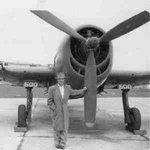drgondog
Major
As an observation, I would doubt that the F4U-4 would be less effective against any Axis airframe than the the P-51B/D. By extension I imagine I would rather fight in the F4U-4 than any P-38 and P-47 (any D model)
Last edited:

